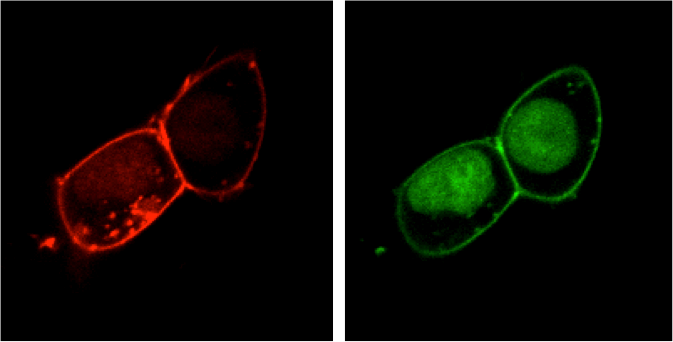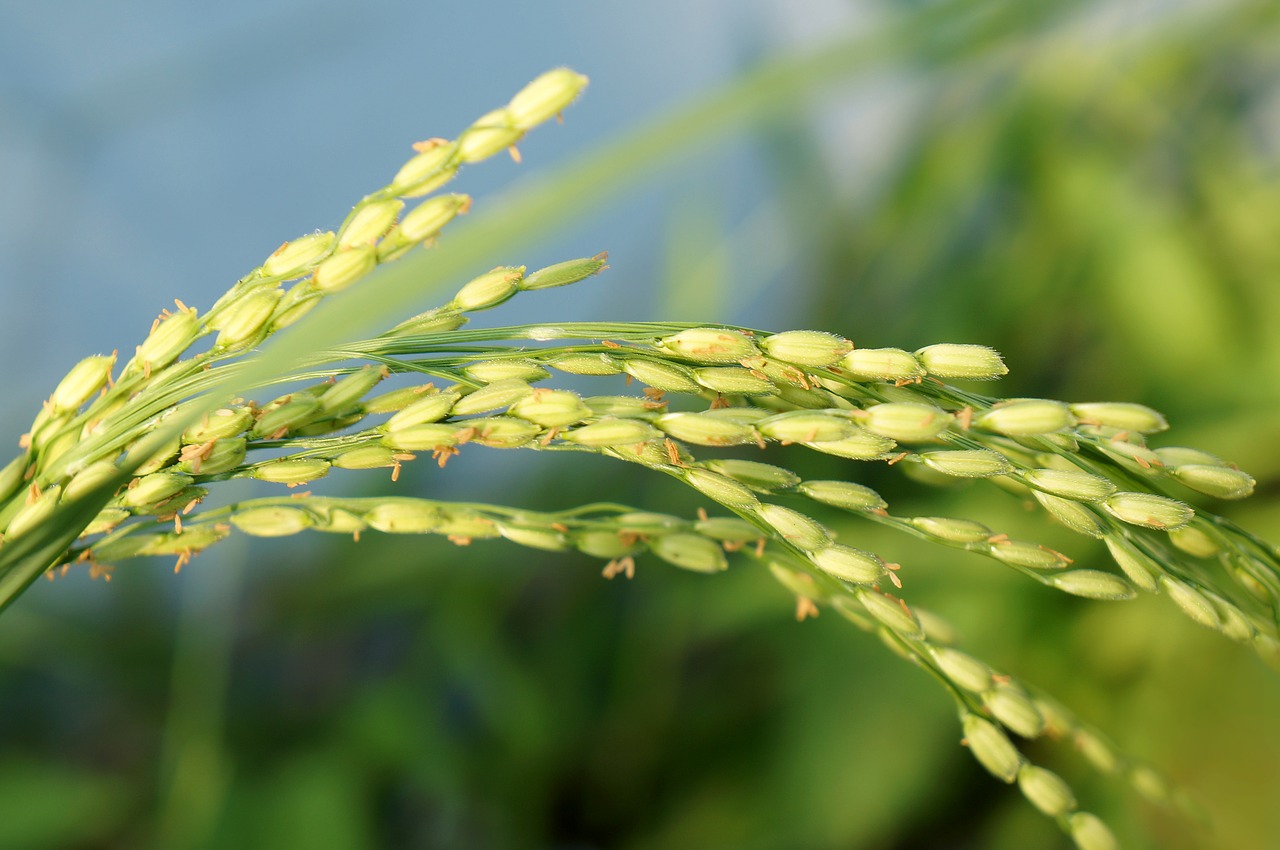Researchers from IIT Kanpur have engineered antibody-based biosensors in the laboratory using protein-design approaches. These biosensors report the activation of important drug targets, and the approach used in this study also offers new solutions to the long-standing challenge of generating high-quality antibodies for life science research.
The cells in our body are surrounded by a lipid membrane structure that has particular classes of embedded protein molecules known as receptors. These proteins act as messengers of information across the membrane. So, when cells encounter specific chemicals (hormones, neurotransmitters, drugs, etc.), these receptors pass on the message to the cell interior for appropriate response to take place. Receptors are classified in different groups based on their shape and structure. Among these, the largest group of receptors is known as G protein-coupled receptors (GPCRs).
About one-third of the currently prescribed medicines target GPCRs by turning them on or off, and these include medicine for high blood pressure, heart failure, obesity, and mental disorders. A common theme of how these receptors work in our body is that they bind to another class of proteins present inside the cell called beta-arrestins when they are turned on.
This crosstalk of the receptors and beta-arrestins is a hallmark of receptor activation and it regulates the cellular response and the fate of these receptors. To study when these receptors are turned on or off, scientists typically have to modify either the receptor or beta-arrestins or both, which may change their functionality.
To overcome this hurdle, the research team of Dr. Arun K. Shukla at the Indian Institute of Technology, Kanpur – have generated antibodies that can latch on to beta-arrestins, only when they are bound to the GPCRs. The finding published in the Journal of Biological Chemistry – would help researchers to observe and monitor the receptor activation without any modification.
Antibodies are proteins that can recognize and latch onto specific molecules (generally proteins but can be lipids or nucleic acids) of cells. Researchers use this property of antibodies to isolate and identify molecules of interest in and on cells.
Usually, antibodies are generated using the injection of target proteins in animals such as rats, mice, sheep, and goats, with target proteins. In this study, however, the research team generated antibodies against beta-arrestins in the laboratory using protein-design approaches and produced them in bacteria without any animal immunization.
Advances in Fluorescent labeling Techniques have made it easier to visualize and analyze molecular events in the cells through microscopy. In this study, researchers observed that some of the antibodies selectively latch on to beta-arrestins, only when they are in contact with the receptors. Further, they also attached fluorescence proteins to these antibodies, and successfully followed their localization in live cells using microscopy.
“We observed that our antibodies act as powerful biosensors to report the receptor activation for a broad set of GPCRs, that is when the receptor encounters their chemical ligands. These biosensors allow us to directly follow the movement of these receptors and beta-arrestins inside live cells. An important insight, which was somewhat unanticipated, that emerged from this study is that different receptors affect the overall shape of beta-arrestins differently when they interact with each other,” said Dr. Arun K. Shukla, Professor at IIT-Kanpur.
“This provides a possibility of selective targeting of different GPCRs, for example by clinically used medicines, to minimize their side effects,” he added.
Further, these biosensors can potentially be used in studying these receptors in their native context, that is, in the tissues of animals. More importantly, the platform to generate these antibodies without using animals can be applied to other proteins as well, and therefore, open new solutions to the long-standing challenge of generating high-quality antibodies for life science research.
The study was supported by DBT Wellcome Trust India Alliance, Department of Biotechnology (DBT), Science and Engineering Research Board (SERB), Council of Scientific and Industrial Research (CSIR), Lady TATA Memorial Trust, and IIT Kanpur. This study is carried out in collaboration with Prof. Michel Bouvier’s laboratory at the University of Montreal in Canada and Prof. Aylin Hanyaloglu’s laboratory at Imperial College in London.
If you liked this article, then please subscribe to our YouTube Channel for the latest Science & Tech news. You can also find us on Twitter & Facebook



